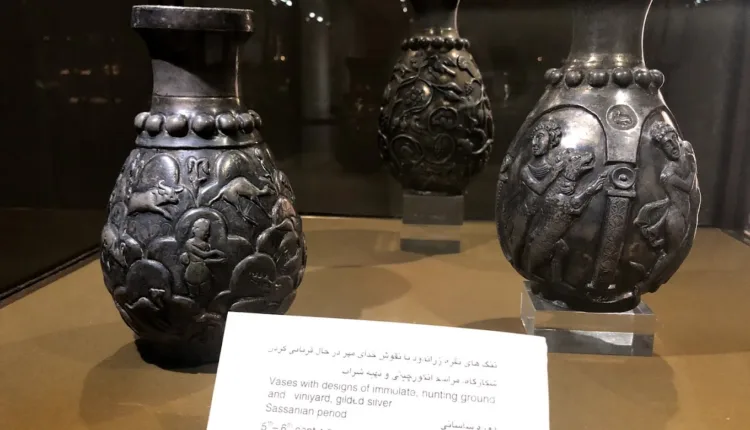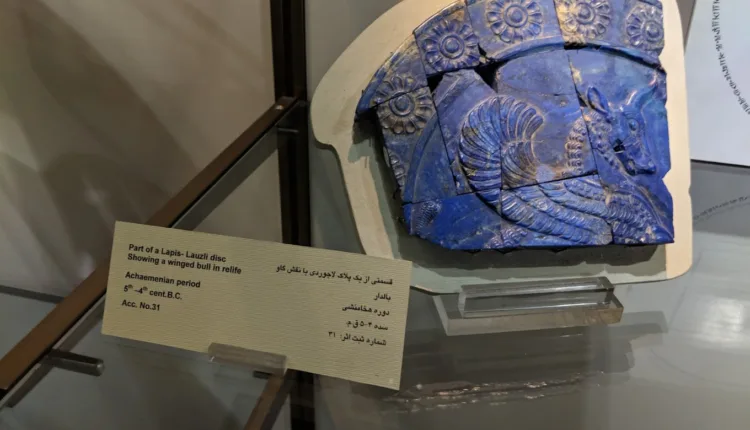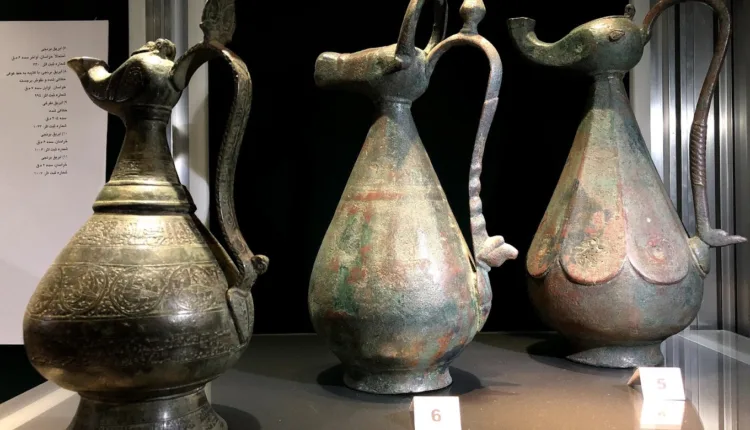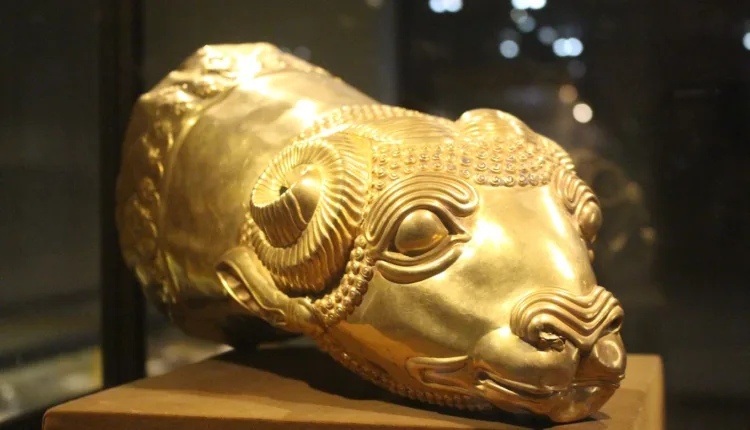Reza Abbasi Museum, Tehran
Reza Abbasi Museum
Delve into Iran’s rich artistic history at the Reza Abbasi Museum in Tehran. This historic site offers a wealth of cultural artifacts and exhibits, from the second millennium AD to the early 20th century, or the end of the Qajar dynasty.

The Museum’s Story
Named after the celebrated artist from the Safavid period, Reza Abbasi, the museum was inaugurated on October 14, 1977, coinciding with Queen Farah Pahlavi’s birthday. Initially, the building served as an exhibition for home furniture and decoration, but its convenient location led to its transformation into a museum, making Iran’s rich civilization accessible to the public.
The Reza Abbasi Museum draws its name in honor of Reza Abbasi, an esteemed artist from the Safavid era. Interestingly, he was believed to be the offspring of Ali Asghar Kashani, a renowned painter in the Safavid court. Kashani served as an artist under the patronage of Sultan Ebrahim Mirza in Sabzevar, Iran. During the rule of Ismail Mirza, a Safavid king, he relocated to Qazvin, where his son, Reza Abbasi, was born. In later years, Shah Abbas bestowed upon Reza the title “Abbasi”. It is noteworthy that his name often leads to confusion with Alireza Abbasi, his contemporary, who was the royal librarian and a distinguished calligrapher in the Safavid courts.

Creating a new style of painting
Reza Abbasi stands as one of the most influential figures in the world of traditional Iranian painting, having pioneered a novel style that shaped future generations of artists and established the hallmarks of the School of Isfahan. Up until his era, illustrations in books and manuscripts were prevalent. However, during Reza Abbasi’s time, murals gained more popularity. Rather than portraying multiple courtiers in his paintings, he had a preference for one or two central figures. These figures were brought to life with vibrant colors in their attire and adornments, set against delicate backgrounds that were often highlighted with a willow. His masterful skill in illustrating nature, as well as his ability to capture the emotional states of ordinary people — typically characterized by large eyes and wide chins — were prominent features of his work.

What to Expect at the Museum
The museum showcases the evolution of Iranian civilizations through its three main halls: Pre-Islamic Hall, Islamic Arts Hall, and the Painting and Calligraphy Hall.
In addition to the main halls, the museum’s basement level houses a contemporary art gallery, frequently updated with the works of various artists. The museum also hosts a preservation and conservation department, which comprises two laboratories and workshops dedicated to maintaining paintings and metal artifacts.
Moreover, a 10,000-volume library that offers books in Persian, English, French, and German is available for the staff of the Cultural Heritage Organization and art students. The museum’s bookstore allows enthusiasts to purchase their favorite titles.
Visitors can also take advantage of the onsite restaurant and café during their visit, making it a comprehensive cultural experience.

Getting to the Reza Abbasi Museum
Personal Vehicle
The museum is located at 892 Shariati Street, just before Seyed Khandan Bridge, between Bastami and Muhajer alleys.
Metro
Alternatively, the museum can be reached by Metro Line 3. Alight at Shahid Qodusi Station, and proceed on foot along Shariati Street on the left side of the road. The Reza Abbasi Museum is located just after Bastami Street.
Experience the artistic grandeur of Iran – a true testament to the nation’s rich historical and cultural heritage.
Check out our other museums here!


